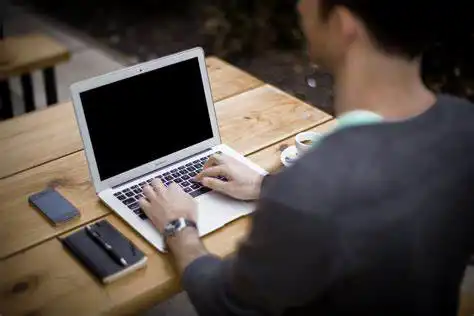The future of robotics in warehouses is on the horizon, with Amazon announcing plans to introduce humanoid robots into its operations by 2023. These robots, resembling humans in both appearance and function, promise to revolutionize not only Amazon's operations but potentially the whole distribution industry.
Currently, Amazon employs robots in its warehouses but limits their roles to specific tasks such as moving items around. The existing robotic systems are clumsy, slow, and cannot perform complex tasks — limitations that the new humanoid robots aim to overcome.
The development of a humanoid robot implies creating a mechanical device capable of executing complex tasks that mimic human actions. Not only does it carry implications for immediate improvements in warehouse efficiencies, but the broader implications for the future of robotics and automation in business are immense.

Despite the exciting possibilities, introducing humanoid robots in the workplace raises many questions. Will jobs be lost en masse, or will these robotic assistants merely shift the workforce demands to other areas? This remains a hot topic of discussion among scholars and business strategists.
The planned robots aren't merely an upgrade; they represent a complete break with the robotic systems currently in place at Amazon. Unlike today's warehouse robots, these humanoids will be capable of performing tasks requiring significant dexterity, such as picking up delicate objects or placing items on high shelves.
Further, the complexity of the tasks that these robots can perform is set to increase over time as advances are made in robotics and artificial intelligence. This progression will undoubtedly influence the working relationship between people and machines, with the opportunity for cross-learning and collaboration.
Amazon's investment in robotics and artificial intelligence isn't new. The company has been working on these technologies for years, with considerable impact on its operational efficiency. However, the shift to humanoid robots indicates significant progress and offers an exciting glimpse into the future.
Furthermore, Amazon's plan is not limited to improving its operations. Robots are expensive to develop and produce, and the company may plan to make its humanoid robots available to other businesses, thereby expanding its revenue stream beyond e-commerce and cloud computing.
Undoubtedly, the advent of humanoid robots will accelerate the automation process within the warehouse industry. Companies that fail to adapt may find themselves uncompetitive, unable to match Amazon's efficiency and speed of delivery.
Employment impacts remain a concern with such levels of automation. However, some analysts argue that the increase in automation often leads to the creation of new types of jobs. So, while positions in warehouses may decrease, opportunities for robotics and AI specialists may increase.
Moreover, astute businesses will seize opportunities arising from such disruptive technologies. As Amazon continues to push the boundaries of warehouse operations, there is an opportunity for many industries to learn and adapt based on Amazon's progress.
Workplace safety also forms a significant part of the debate around robots in the workplace. Robots, unlike humans, are not vulnerable to fatigue or inattention, potentially reducing the incidence of accidents in workplaces.
In conclusion, Amazon's plan to introduce humanoid robots will revolutionize warehouse operations. While the initiative provokes debate around employment and workplace safety, the improvement in efficiency and speed of operations is undeniable.
This kind of innovation mirrors Amazon's history of disruptive business strategies. It is a giant step forward in warehouse operations, and the consequences will resonate throughout the entire business world.
The journey from early automated systems to complex, human-like machines in Amazon's warehouse operations marks a significant milestone in the ongoing journey towards a more automated world.
Watching Amazon closely as they push boundaries and shape the future of artificial intelligence and robotics may offer valuable lessons and insights for businesses and individuals in various industries.
As the plans unfold, the world will undoubtedly be watching closely. The introduction of humanoid robots in warehouse operations is not just a major milestone for Amazon but a significant event in the evolution of business operations globally.
While it is impossible to accurately predict what the future holds, this move by Amazon is a strong indicator that the wave of automation in business operations is unstoppable. The age of humanoid robots is no longer a topic of science fiction, but a reality around the corner.